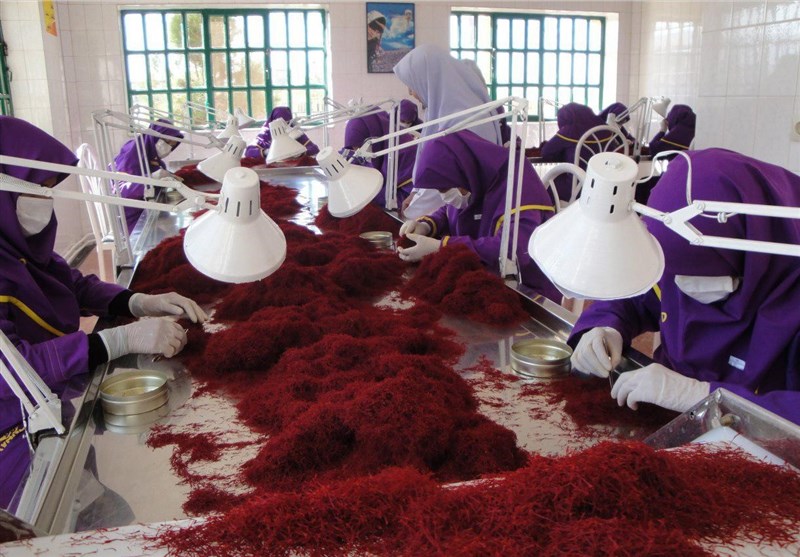Iran Says Implementing Major Plan to Regulate Saffron Market
TEHRAN (Tasnim) – An Iranian deputy minister said the country’s agricultural ministry is implementing a comprehensive plan to regulate and balance the saffron market.
Hossein Shirzad, who is also the chief executive of Iran's Central Organization for Rural Cooperatives (CORC), said during the previous crop year (started on March 2018), the price of genuine saffron witnessed a high rise; however, it has decreased in the current year.
The prime suspects for this are illegal dealers who are reportedly smuggling saffron out of Iran where ceratin countries rebrand it for exports at much higher prices. Iran’s position as the lead supplier of the world’s most expensive spice is being undercut by such a counterfeit business.
“We are going to restore Iran's stance. In the saffron market, Iran should reach a trading status that it deserves,” Shirzad said.
Maintaining the historical and international background of saffron is one of the most important policies of the ministry, he went on to say.
Saffron cultivation and harvest is a painstaking process that requires 200,000 strands of crimson crocus blooms to be gingerly picked in the morning to make one kilo for sale.
Iran produces over 90% of the world’s saffron, with the northeastern Khorasan province being the capital of the spice. However, the country’s share of the $8.2 billion business is only $286 million.
Much of the crop produced by villagers are bought at knockdown prices by local arbiters who themselves sell it to foreign buyers in large stocks. This means the bulk of the added-value accrues to foreign intermediaries, while the genuine produce barely reaches the end consumer.
Saffron cultivation has a history of more than 3,000 years in Iran, where the reddish, aromatic substance is used to flavor food and pastries, with further application in medicine and cosmetics.

